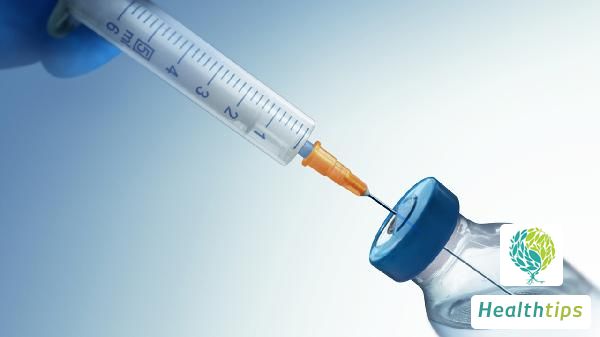How to Treat Hyperhidrosis?
Many people have not heard of hyperhidrosis, but it is actually a relatively common clinical condition. Some people may not take it seriously or even realize they have it. The main symptom of hyperhidrosis is excessive sweating, and there are many reasons that can cause it. It could be due to systemic diseases or infectious causes. So, how should hyperhidrosis be treated? Let's take a brief look at this topic below.

Commonly used antiperspirants include 20%-25% aluminum chloride solution, 0.5% aluminum acetate solution, 3%-5% formaldehyde solution, 5% alum solution, and 5% tannic acid solution. Overuse of topical medications can cause local dryness, mild cracking, or severe irritation.
Systemic hyperhidrosis is mainly treated by addressing the underlying diseases. Sedatives (phenobarbital, amobarbital, secobarbital, chlormezanone, etc.) and low-dose anti-anxiety drugs (diazepam, hydroxyzine, doxepin, etc.) can be effective for emotional hyperhidrosis. High-dose anticholinergic drugs can inhibit sweat secretion but may cause intolerable dry mouth, so they tend to be phased out.
Tap water iontophoresis is suitable for patients who have failed topical treatments for local areas (palms, feet, armpits). It is contraindicated for those with implanted cardiac pacemakers. Superficial X-ray irradiation can suppress sweat gland secretion and is only suitable for severe palmoplantar hyperhidrosis patients who have failed other treatments.
Selective resection of the second to fourth thoracic sympathetic nerves can have significant effects on hyperhidrosis of the palms, armpits, chest, and face, but it is not suitable for patients with plantar hyperhidrosis. Surgery can lead to permanent anhidrosis and compensatory hyperhidrosis in other areas, so it should be used with caution. For patients with axillary hyperhidrosis only, selective resection of the most active sweat glands in the armpit can be an effective treatment.



















